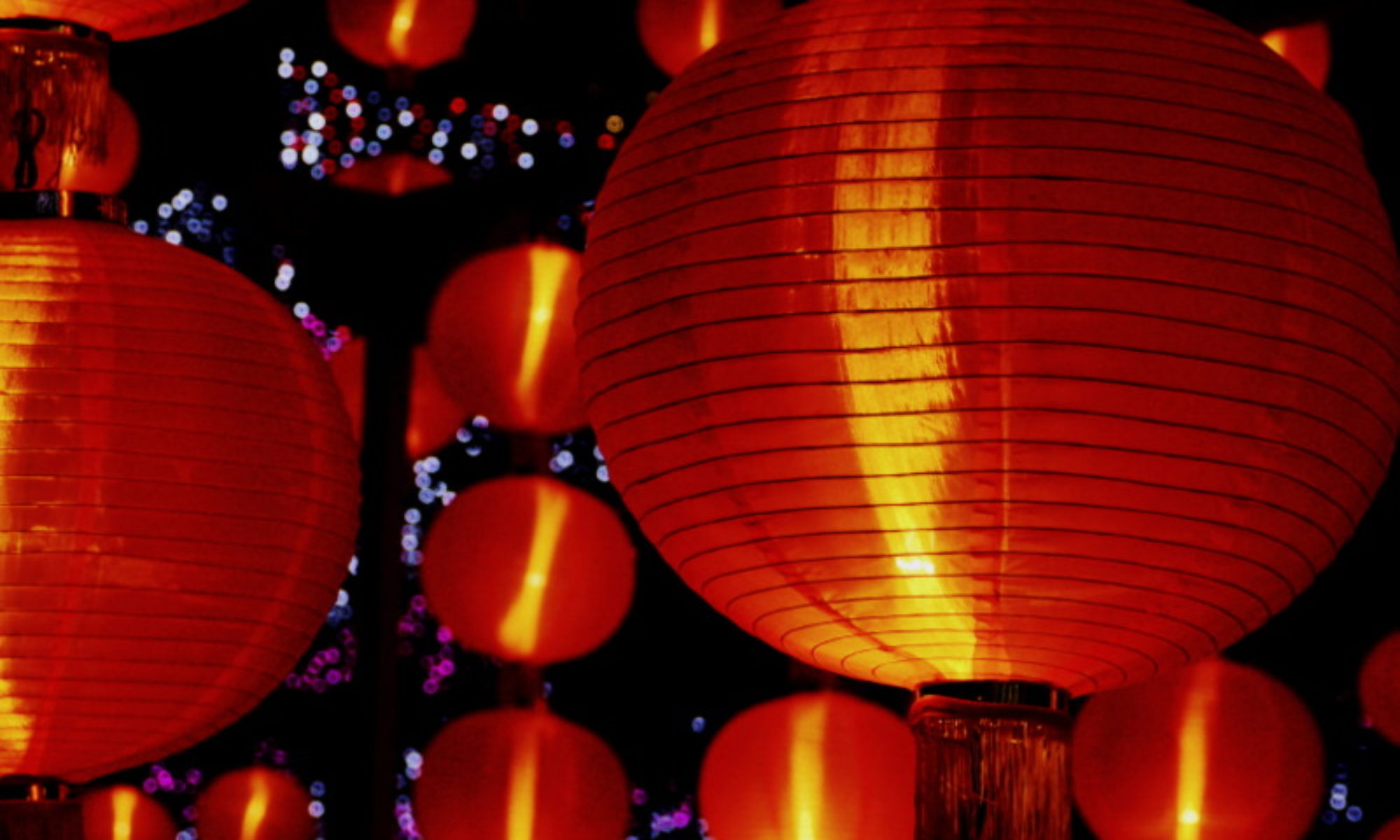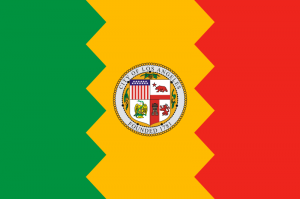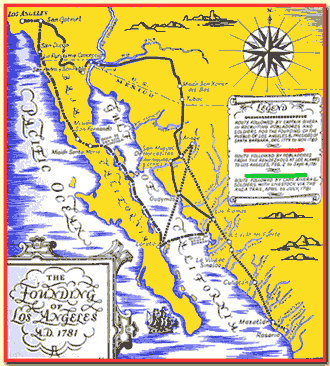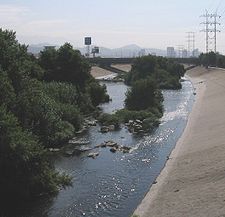February 11

It’s hard to say what’s the oldest country in the world is, but the winner might be Japan twice over.
First, with an average lifespan of over 80 years Japan has one of, if not the, world’s oldest population. 25% of the population is over 60 (as opposed to 17% in the U.S.). So, along with Andorra, Japan is one of the top two “oldest” countries in the world in that respect.
In terms of the oldest sovereign nation without major border changes, many people cite the tiny country of San Marino, which declared itself a constitutional republic in 301 AD. Founded by a Christian stonemason (Marinus of Rab) fleeing persecution, San Marino lies entirely within Italy.
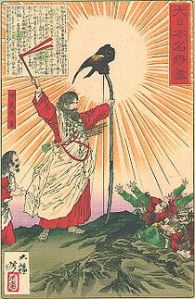
But a thousand years before Marinus the Mason drew his first breath, Emperor Jinmu (also Jimmu) founded the nation of Japan, making it the oldest nation in the world by many accounts.
How much of Jinmu’s story is true and how much is legend will never be known. His name means “divine warrior” and for millennia the Japanese believe Jinmu descended from the Sun Goddess through her “Heavenly Grandchild”. The Sun Goddess dispatched her Grandson to Earth with the imperative:
“This Reed-plain-1500-autumns-fair-rice-ear Land is the region which my descendants shall be lords of. Do thou, my August Grandchild, proceed thither and govern it. Go! and may prosperity attend thy dynasty, and may it, like Heaven and Earth, endure forever.”
Japanese schoolchildren learned the above declaration by heart right up through World War II.
During Japan’s modernization in the 1870’s, the Meija government (Meija means “enlightened rule”) switched the country over to the solar calendar, and calculated the date of the founding as February 11, 660 BC. Kenkoku Kinen no hi (National Foundation Day) celebrated the country’s unification 2500 years earlier and the divinity of the Emperor.
During the American Occupation, celebration of Kenkoku Kinen no hi was banned because of its glorification of the Emperor. However the ceremonies were brought back by popular demand in 1966 and carry on strong today.
Though the Japanese may no longer believe the Emperor’s blood descends from the Sun, even to this day the red sun shines front and center as the proud symbol of the Japanese flag.

